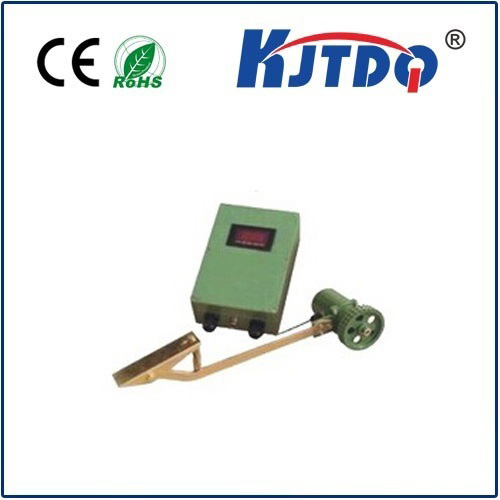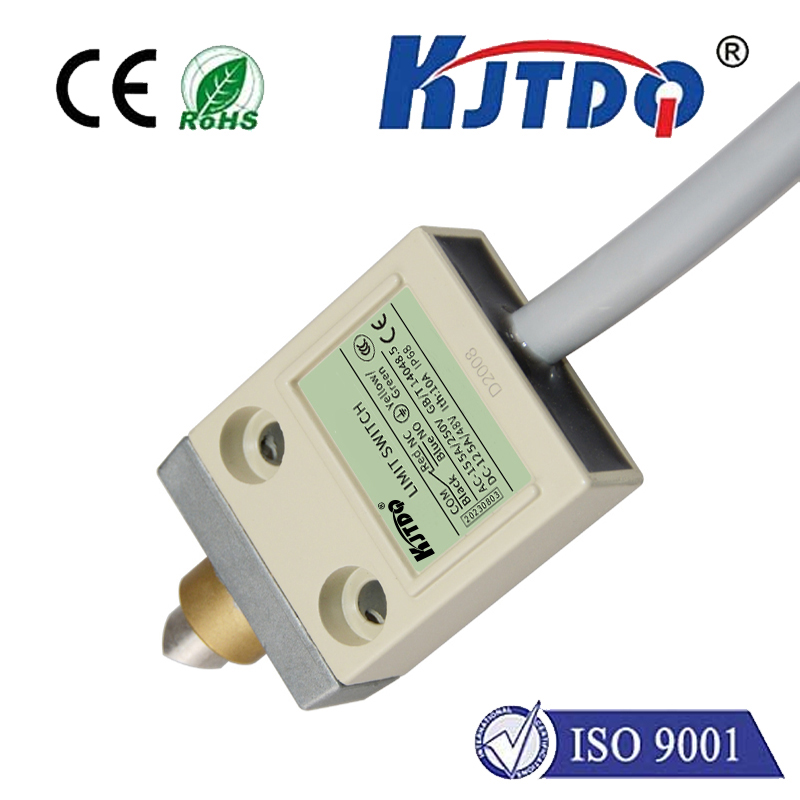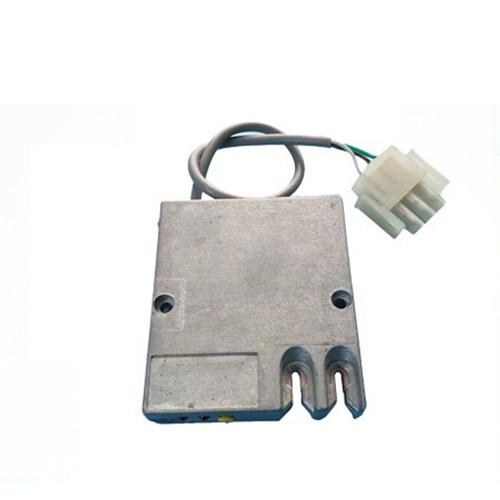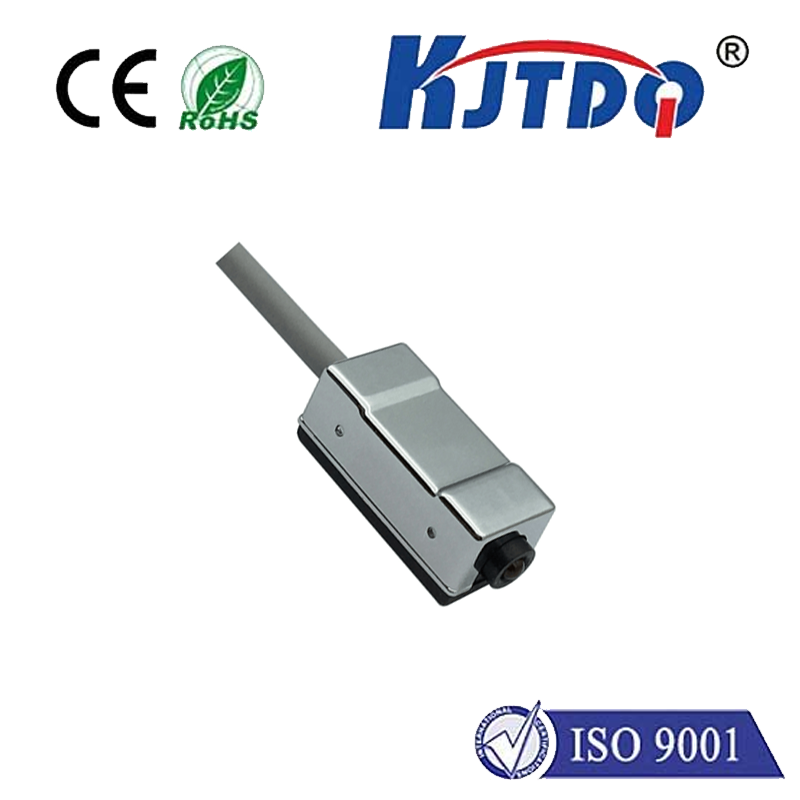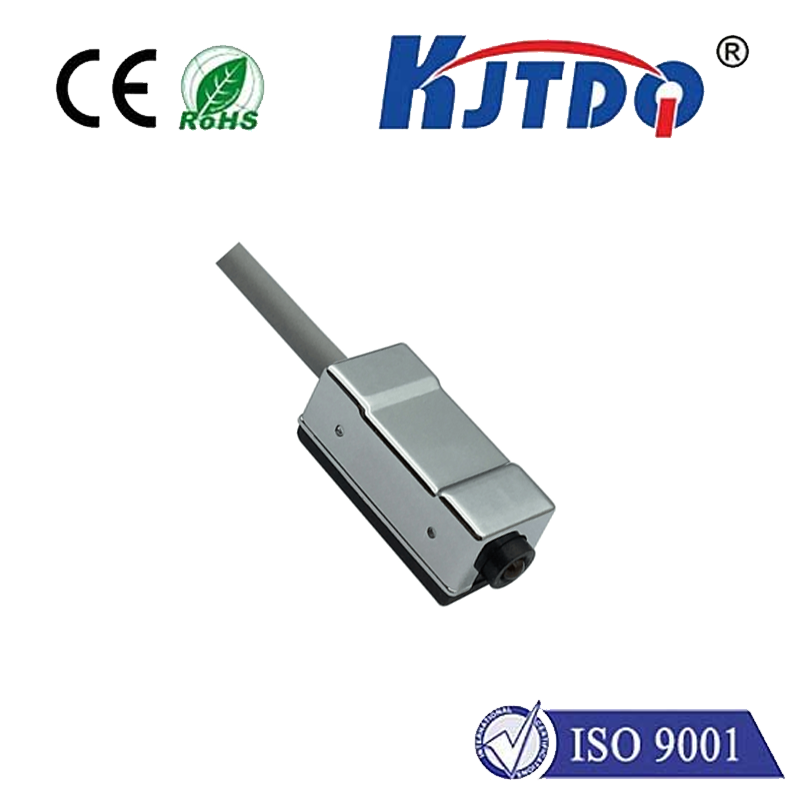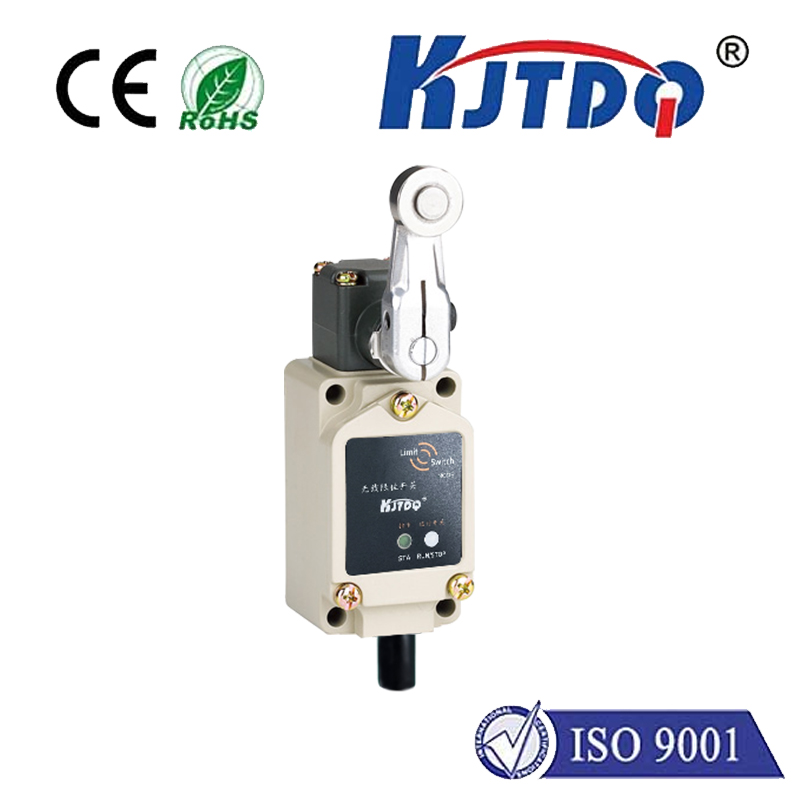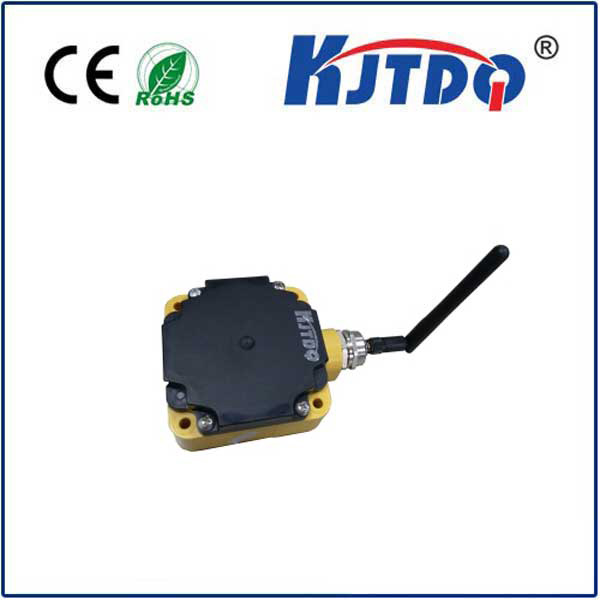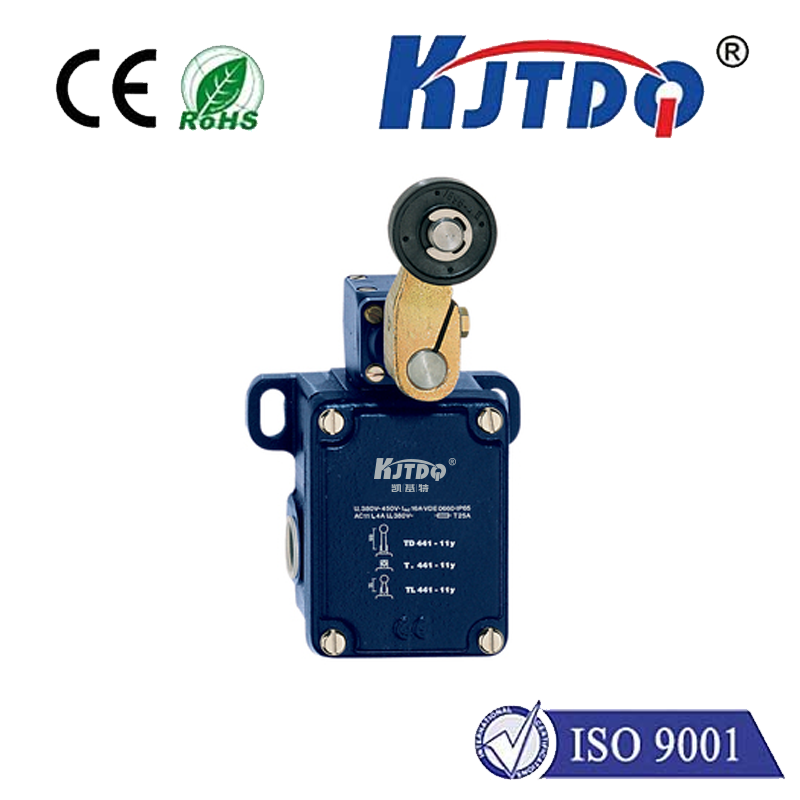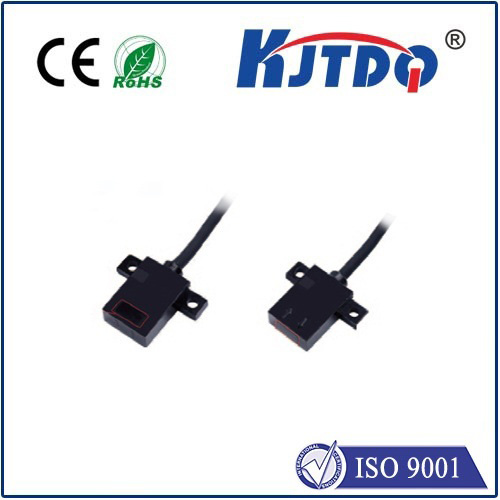

check

check

check

check

check

check

check

check

check

check
Title: Understanding the 110v Limit Switch and Its Applications in Industrial Control Systems
Introduction to 110v Limit Switches and Their Applications in Industrial Control Systems
In industrial control systems, limit switches are crucial components that help to regulate the opening and closing of devices such as valves, solenoids, and motor controls. These devices detect the position of a switch and trigger an appropriate action based on this information. One type of limit switch commonly used in industrial control systems is the 110v limit switch, which has gained popularity due to its reliability and affordability. In this article, we will explore the working principle of the 110v limit switch, its various applications in industrial control systems, and how it can benefit manufacturers and operators.
The Working Principle of the 110v Limit Switch
The 110v limit switch operates based on the principle of electrical resistance. When a magnetic probe is inserted into the switch contacts, it creates a magnetic field that interacts with the iron core inside the contact. The presence or absence of a magnetic field causes a change in electrical resistance between the two contact points, resulting in a signal being sent to the control system. This signal can be used to open or close circuits, control motors, or perform other functions as required by the application.
Applications of 110v Limit Switches in Industrial Control Systems
The 110v limit switch finds widespread use in a variety of industrial applications due to its versatility and reliability. Some common applications include:
1. Valve Control: Limit switches can be used to control the opening and closing of valves in pipeline systems, ensuring proper flow and preventing leaks.
2. Solenoid Control: Similar to valve control, limit switches can be used to control the activation of solenoids, which are responsible for sending commands to motors or other devices.
3. Motor Control: Limit switches are often used as auxiliary devices in motor controls to monitor the position of the motor shaft and prevent over-current or overheating.
4. Load Cell Control: In load cell systems, limit switches can be used to detect changes in the weight or force applied to a load cell, allowing for accurate measurement and control of process variables.
Benefits of Using 110v Limit Switches in Industrial Control Systems
There are several advantages to using 110v limit switches in industrial control systems, including:
1. Cost-effective: Compared to other types of limit switches, 110v limit switches are relatively inexpensive and offer good value for money.
2. Easy to Install: The simplicity of the design means that these switches can be installed quickly and easily without requiring specialized skills or tools.
3. High Reliability: The robust construction of 110v limit switches ensures that they can withstand frequent use and harsh operating conditions, reducing the risk of failure.
4.Versatility: With multiple configurations available, 110v limit switches can be tailored to meet specific needs in industrial applications.
